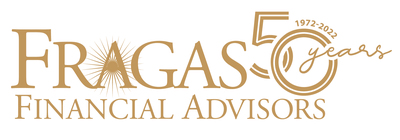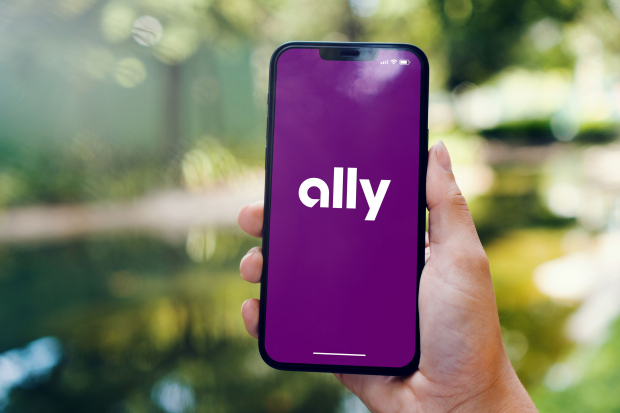Terrance Williams, President and CEO of TruStage.
Growing up in a small town outside of Charleston, South Carolina in a family led by an educator and a construction worker, I experienced a middle-market American upbringing.
My family and neighbors were hardworking people who wanted to plan for and protect their futures, even if they did not have a lot of investable assets. I saw this firsthand because my dad was an elder in our church. In that role, he was often called upon to help people in our community navigate financial challenges, which included helping folks find resources to pay for burial services and more if they lacked insurance or savings.
As I’ve previously discussed, a significant issue was that financial institutions failed to take the time to understand the needs of our community. This gap left friends and neighbors with limited awareness and access to financial services that could have made a meaningful impact on their daily lives.
The Middle-Market Today
Our understanding of middle-market Americans must go deeper than simply how much this group earns. These individuals and families face trade-offs every day and are pressed to find ways to make their dollars go as far as possible.
That is why we recently conducted our 2024 Middle-Market Survey, exploring how 1,500 American adults with a household income between $50,000 and $150,000 are thinking about their financial situations. On the plus side, middle-market Americans generally feel positive about their personal finances and are optimistic about the future, with 92% reporting they can cover their monthly expenses and 55% putting at least some money towards savings.
But they also have concerns. Nearly two-thirds of middle-market Americans believe the economy is not working for them. Rising inflation, higher taxes and the 2024 election are chief among their worries.
And one big area that is ripe for improvement? There are notably inaccurate perceptions about the cost of working with a financial advisor. In fact, middle-market consumers are turning to free online sources and social media for financial information. This is an opportunity for our industry to provide clear, easy-to-understand information to consumers that helps them make informed decisions.
The Financial Advice Misconception Challenge
Online searches and news sites are among the most frequently used sources for financial information, with nearly one-third of the middle-market turning to them. In addition, 14% of middle-market adults today turn to social media, beating traditional media such as TV and newspapers.
In contrast, less than half of middle-market Americans have ever met with a financial advisor. This looks to be largely due to misconceptions about high costs and accessibility. If people avoid financial professionals while turning to any number of online sources and social media for financial advice, they could be putting their financial futures at risk.
Financial Education Challenges
The middle-market is not a static group, and we cannot afford to treat them that way. According to the latest Census, over 40% of Americans fall within the middle-market. We are going to have to both deliver useful and accurate financial planning information online and provide affordable professional financial advice.
I believe middle-market consumers would benefit from more consistent online engagement—whether through enhanced digital experiences or educational content in partnership with the influencers and platforms they follow. The form of this collaboration will depend on the support you aim to provide, such as involving consumers directly through surveys, focus groups, or community engagements.
For example, the industry could come together to identify trustworthy sources on social media platforms, perhaps in coordination with the platforms themselves. One example of this we can look to is Biz Kids, an educational television series that offers financial literacy and education for youth. By sponsoring and helping provide educational resources, advisors can build a relationship with families and youth and help them grow from a savings account to long-term financial wellness.
Beyond linking to existing resources, you can become a reliable partner for your local community by offering free seminars on the basics of financial planning.
Here are a few steps you can take:
• Record brief videos with easy-to-follow financial guidance and share on social media.
• Host online and in-person seminars.
• Advertise through Facebook Marketplace, local credit unions and non-profit organizations.
Financial Advice Challenges
We engage with around 800 people from the middle-market on a daily basis, which helps us stay attuned to their needs and experiences and informs our decisions. As part of our ongoing discussions, I like to ask people what’s important to them when working with an advisor. What I’ve learned is that establishing and maintaining trust is at the core of what they want from their ideal advisor relationship.
They seek personalization, respect, and alignment as building blocks for trust. For many people, personalized interactions such as asking thoughtful questions tailored to their specific needs through their preferred communication channels (including digital) are ways that demonstrate that the advisor cares about them as individuals.
This needs to be a “both/and” solution. While the ideas discussed can provide useful financial planning information online, we also need affordable professional financial advice. The first step is to challenge the idea that professional financial advice is expensive. Often, financial professionals are compensated by the institution offering the investment, not the consumer. When fees are charged, professionals should explain the value they provide, allowing consumers to assess if it’s worth the cost.
Further, financial professionals can demonstrate their value to middle-market consumers by taking a holistic approach—understanding their goals, risk tolerance and family dynamics. Rather than focusing only on specific products like life insurance, this approach tailors recommendations to the individual, making it easier for consumers to understand their overall financial situation and receive guidance through various life stages.
We cannot forget that while we are seeing consumers increasingly reach for social media to do their research, a large population also craves face-to-face guidance. The key is to offer both. It all starts with knowing who we are serving.
Forbes Business Council is the foremost growth and networking organization for business owners and leaders. Do I qualify?













